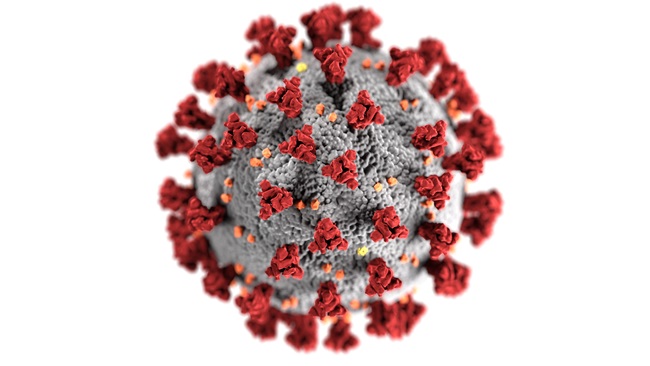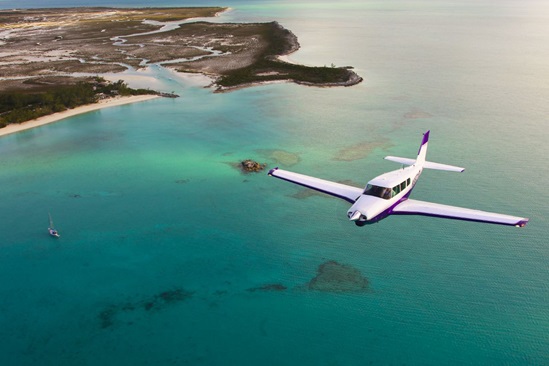Fly Well: Reading Camus
Taking stock of your health in uncertain times
COVID-19 has fundamentally changed the world, and men seem to have a poorer prognosis than women. It is unknown if this is a function of a weaker immune system or because men have a higher incidence of health issues, including heart disease or smoking-induced lung damage. Men generally are less likely to attend to their personal health, but those of us who are pilots must undergo some level of evaluation, either personally or with an aviation medical examiner (AME), to enjoy the privilege of flight. Now is a good time to discuss fitness to fly through the lens of this plague.
The level of medical evaluation depends on class of medical required. Sport certificate holders need only possess a valid driver’s license, meaning they satisfy Department of Motor Vehicles criteria such as no seizure history and sufficiently good eyesight, and must self-assess they are fit to fly—just as every pilot must do prior to every flight. One cannot stress this enough: Be honest with yourself and only fly if you are 100-percent fit. Improving your general health by consuming a good diet, exercising regularly, sleeping well, and avoiding tobacco and too much alcohol will improve your immune system and protect your heart and lungs, thereby helping you to avoid illness and improving likelihood of recovery if sick.
A third class medical certificate is required for private, recreational, or student pilots, unless flying under BasicMed. This lasts for 60 months below age 40 and 24 months above age 40, the duration reflecting a higher likelihood of disease as we age. Other than completing the MedXpress application, the airman will undergo a physical examination and provide a urine sample. This is tested with a “dipstick,” a strip of plastic or paper with around 10 chemically treated pads that react to the presence/absence of certain urine constituents. One obtains results by comparing color changes to a standard reference chart. Among the tests are indicators of infection; diabetes; and liver, kidney, or blood disease. I have previously recommended purchasing these online or from a pharmacy and self-testing ahead of your AME appointment, so any aberrant result can be evaluated further while self-grounded, and any necessary treatment instituted and delays in obtaining clearance to fly obviated. And the chance to live longer enabled!
A second class medical is required for those pilots wishing to exercise commercial pilot privileges and is valid for 12 calendar months after the month of issuance.
A first class medical is required to serve as an airline transport pilot. This expires 12 months from issuance below age 40 and six months if age 40 and older. In addition to the examination and urine tests, an electrocardiogram, or EKG, is added at age 35 and then yearly after age 40.
Why the letter “K” and not “C”? Purportedly to prevent confusion with a brain test called an EEG. An EKG provides a window into the heart and detects abnormalities of rhythm or poor blood supply that might be totally asymptomatic. Better an abnormal test than being permanently grounded, in the ground.
This system of physical evaluation is deployed to limit the chance that medically compromised pilots might unwittingly put themselves or their passengers at risk. While an irritation to many, the principle is sound. Obviously, flying low-power, small aircraft represents a much lower risk to all concerned, hence the sensible and well-used driver’s license medical option for sport pilots.
Certain silent conditions can be picked up by a diligent AME, avoiding an imminent stroke or other life-threatening condition. For people who might otherwise never have a physical, the benefits are obvious.
The advantages of not waiting for your flight physical to have a vision and hearing test are clear: earlier therapy and avoiding medical certification delays. FAA guidance on blood pressure states that the systolic should not exceed 155 mmHg and the diastolic, 95 mmHg. While this may be fine from a regulatory medical perspective, that is too high for most younger people and should be addressed. So get your blood pressure checked regularly.
The pandemic may have limited your flying, so use this time to think about your health and what you can do to improve it. Although blood tests are not a component of FAA medicals, they are a sensible part of a regular physical. Which reminds me, did you hear the one about the chap who stayed up all night studying for his blood test?
Stay safe and be well.
Email [email protected]



